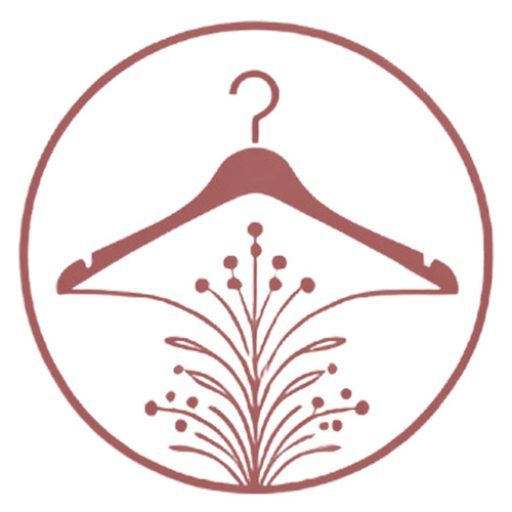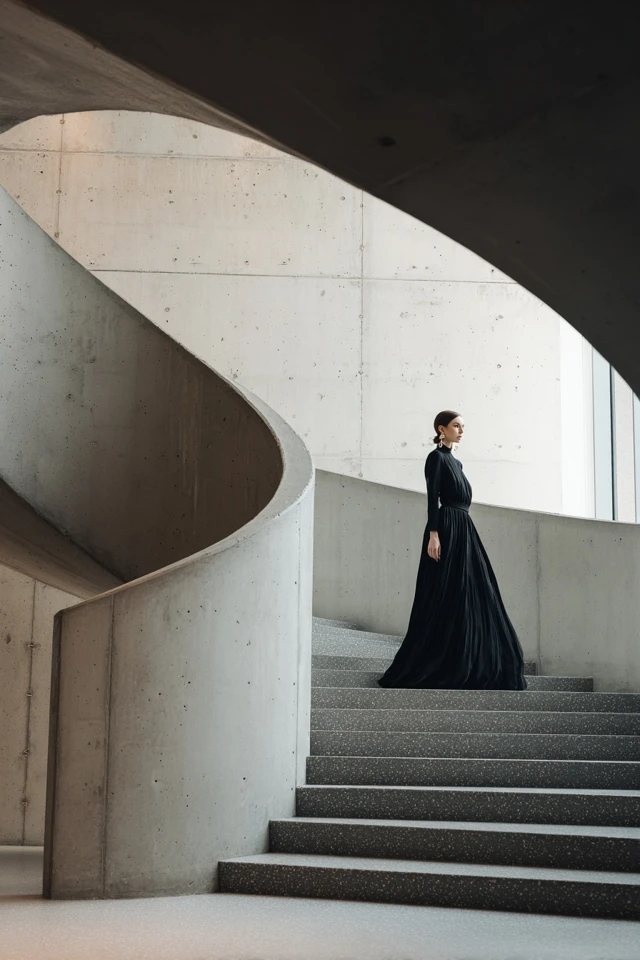Introduction
One evening, standing in front of my closet before a significant event, I reached instinctively for my little black dress. It wasn’t just a piece of clothing; it was my armor, my confidence booster, and an expression of my style ethos. That simple garment, elegant and understated, has played a pivotal role in transforming not only how I look but how I feel. This personal connection to the little black dress (LBD) runs deeper than fashion—it’s rooted in psychology and design as well.
Understanding the power of the black dress means tapping into a legacy of style icons and cultural milestones. The LBD is more than fabric and cut; it’s a statement. It communicates sophistication, versatility, and a touch of mystery, making it an essential wardrobe staple that transcends trends and seasons. This matters not only to fashion enthusiasts but to anyone interested in how clothing influences perception and self-esteem.
About the Author and My Trend Boutique
In today’s fashion landscape, where trends come and go at lightning speed, the chic little black dress endures with grace and relevance. This post will explore the fascinating intersection of fashion design, color psychology, and personal style that makes the LBD a timeless statement. I’ll share insights born from academic research, real-life dressing experiences, and hands-on styling tips designed to help you fully embrace and elevate this iconic piece.
Foundational Concepts
To truly appreciate the chic little black dress, we must first understand the foundational concepts that lend it power and staying capability:
Color Psychology
Color psychology examines how colors impact human emotion and behavior. Black is associated with sophistication, authority, and elegance. It can evoke a sense of mystery and seriousness, often signaling that the wearer is confident and in control. Research shows that black clothing can influence first impressions positively, making the wearer appear more competent and credible in professional and social settings alike. This is why black is a favored color for formalwear and high-fashion statements.
Trend Forecasting
Fashion forecasting predicts seasonal trends based on cultural shifts, consumer behavior, and design innovation. While the LBD remains a classic, aspects such as fabric choice, silhouette, and embellishments evolve. Understanding trend forecasting helps you select versions of the black dress that feel fresh without sacrificing timelessness, striking a perfect balance between modernity and tradition.
Dressing to Impress
“Dressing to impress” is about more than sheer appearance—it’s a strategic communication tool. Clothing influences how others perceive us and also shapes our self-confidence, a phenomenon supported by studies in embodied cognition. Choosing the right LBD can instantly elevate your presence in professional meetings or social occasions, sending clear signals about your personality and intentions.
Drawing from relatable experiences, I recall attending a networking event where my choice of a sleek, well-tailored black dress sparked conversations and connections, simply because it projected confidence and professionalism effortlessly.
Picture Gallery
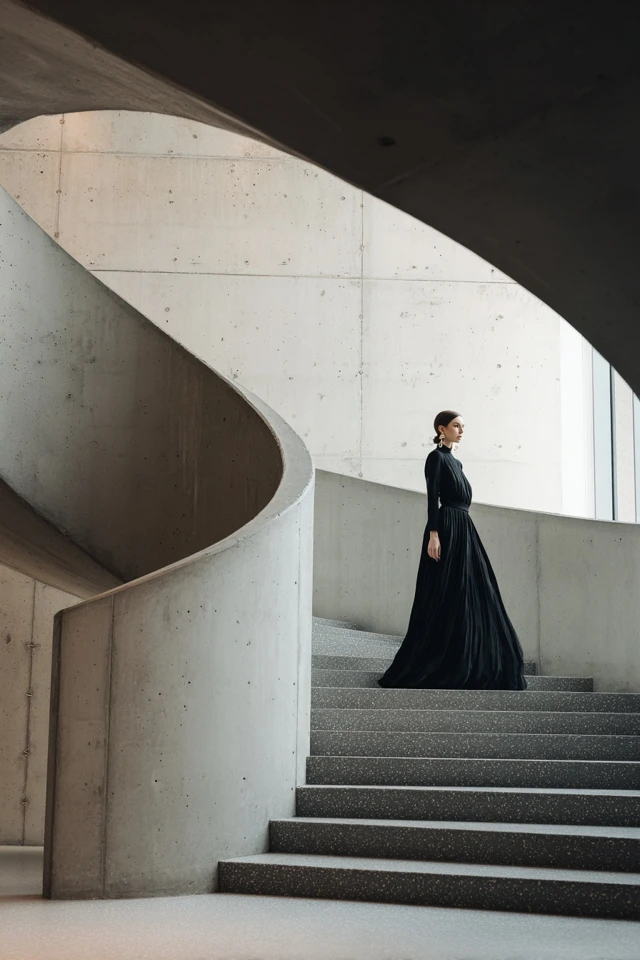
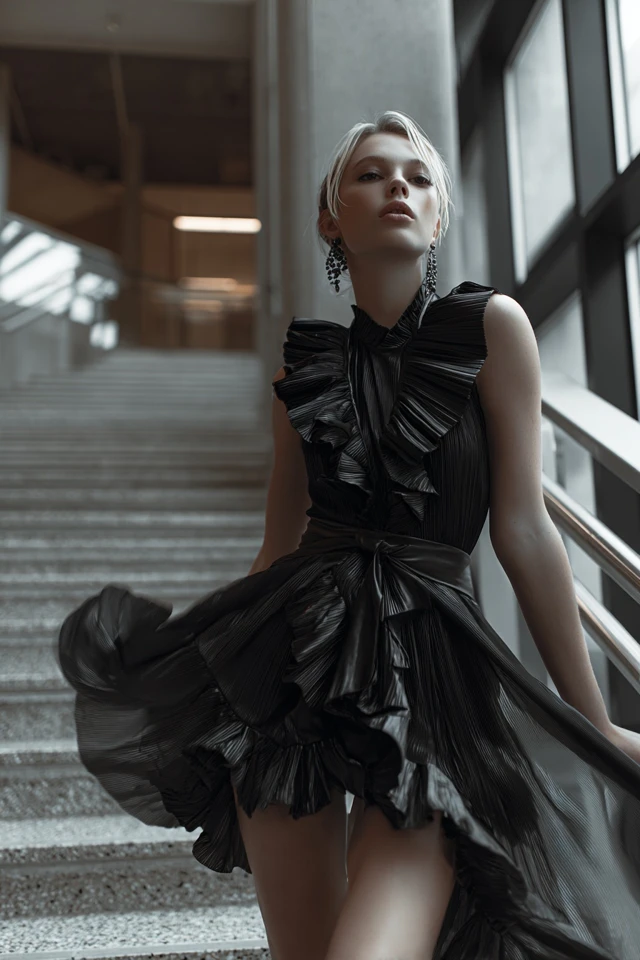
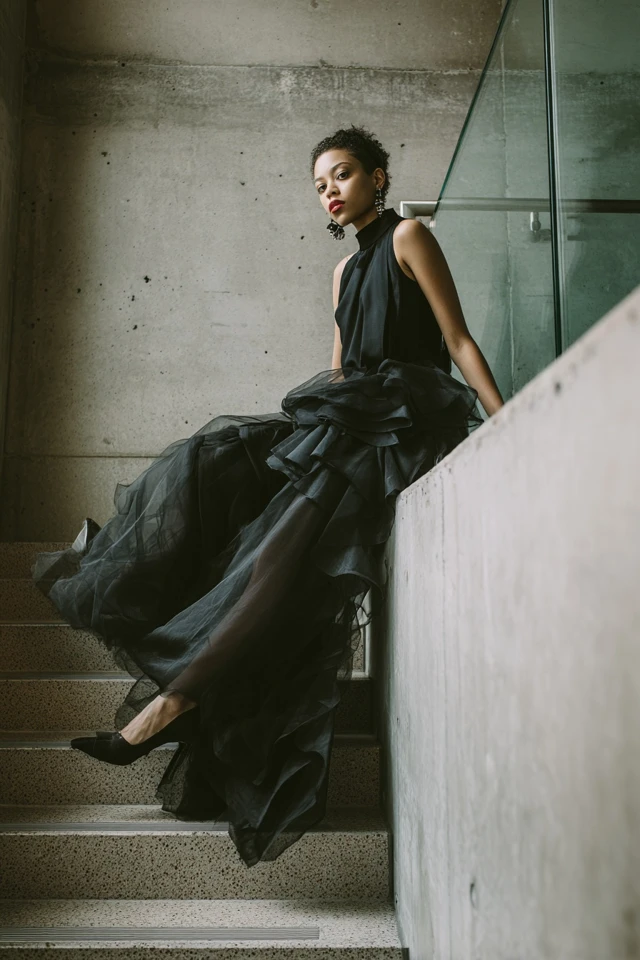
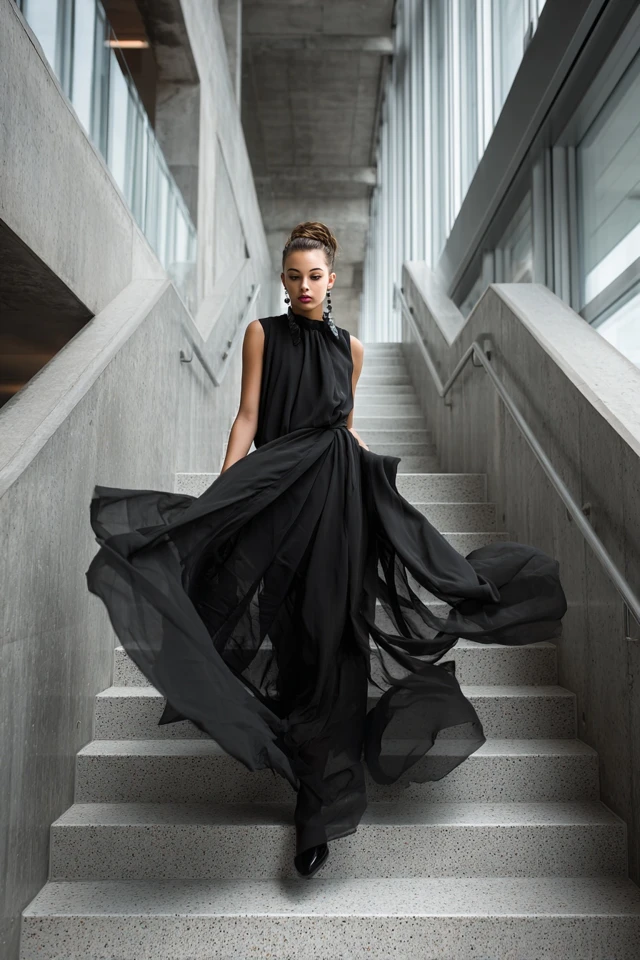
Color Psychology & Emotional Impact
Color psychology reveals that black is a versatile shade with complex emotional implications. It embodies power, elegance, and sophistication, which is why the little black dress commands attention without shouting. Wearing black can contribute to a sense of control and reduce feelings of vulnerability—important factors when stepping into new or high-pressure situations.
From a first-impression science perspective, black instills respect and seriousness. For instance, a 2012 study published in the Journal of Experimental Social Psychology found that individuals wearing black in professional environments were perceived as more authoritative and competent. This perception enhances not only how others react but also how we hold ourselves, creating a feedback loop that reinforces confidence.
Moreover, black serves as an excellent backdrop for accessories and makeup, allowing you to pivot your style effortlessly from daytime chic to evening glamour. If you consider how colors impact mood, black’s grounding effect can counterbalance vivid accessories or bold lip colors, making it flexible for any emotional expression you want to convey.
Personal Style & Body Type Considerations
Choosing the right little black dress is a nuanced process that must honor your personal style, body type, and complexion. When done correctly, an LBD complements your natural features and enhances confidence rather than hiding or distorting.
Silhouette
- Hourglass: Opt for fitted or wrap styles that accentuate the waist.
- Apple-shaped: Empire waist or A-line cuts help balance proportions and create a flattering silhouette.
- Pear-shaped: Choose dresses that emphasize the upper body, like off-shoulder or boat necklines, paired with skirts that flow away from the hips.
- Rectangle: Look for dresses with structured waists, peplum details, or embellishments to add curves.
Fabrics
Fabric choice impacts comfort and style perception. Luxurious fabrics like silk, velvet, or crepe add sophistication, while stretch blends offer enhanced fit and ease. Matte finishes soften the silhouette, while subtle sheen adds visual interest.
Hues & Complexion
Although black is universally flattering, subtle variations like softer blacks or charcoal grays may work better for some skin tones. Consider pairing your LBD with color palettes that harmonize with your complexion—warm-toned accessories for warm complexions, cool-toned jewelry for cooler skin.
Quick Checklist: Is This LBD Right for You?
- Does the silhouette highlight your best features?
- Is the fabric comfortable and suited to your occasion?
- Does the neckline flatter your face and neck?
- Can you envision accessorizing it with your favorite pieces?
- Do you feel confident and authentic wearing it?
Current Trends & Timeless Classics
The little black dress never truly goes out of style, but it evolves with trends. Currently, we see innovation in textures—think velvet finishes, lace overlays, and sustainable materials gaining prominence. Cutouts, puff sleeves, and asymmetrical hemlines are popular ways to update the LBD while maintaining its signature chicness.
At the same time, timeless classic styles remain steady favorites: the sheath dress, the fit-and-flare, and minimalist slips. These cuts transcend trends, providing a reliable foundation for your wardrobe. Blending trendy elements with these classics is key. For example, a traditional sheath LBD in a matte velvet or with subtle shoulder detailing can feel fresh yet timeless.
Colors related to black also enter trend conversations — soft charcoal, deep navy, and midnight blue offer alternatives that satisfy those who want variation without losing sophistication.
Practical Tips & Recommendations
Shopping for the perfect little black dress demands attention beyond aesthetics. Here are essential tips to guide your purchase and care:
- Invest in Quality: Prioritize fabric and construction. A well-made LBD lasts years and retains elegance through multiple wears.
- Tailor for Fit: Off-the-rack may not fit perfectly. A visit to your tailor ensures the dress complements your unique shape.
- Wardrobe Maintenance: Store properly on hangers that preserve form and avoid prolonged exposure to light, which can fade black fabric.
- Smart Layering: Pair your LBD with blazers, cardigans, or statement coats for season versatility.
- Accessorizing: Use jewelry, belts, and scarves to add personality. For example, metallic accents can provide glamour, while colorful pieces inject fun.
- Color Combos to Try: Black and white for classic contrast, black and gold for evening richness, black with blush pink for soft femininity, or black paired with jewel tones like emerald or sapphire for boldness.
Consider exploring capsule wardrobe principles by selecting one or two standout LBDs that can be adapted for many occasions, simplifying dressing decisions while maximizing style potential.
FAQs
- Q: How do I choose a signature color when black seems so versatile?
- A: Black serves as an excellent foundation or signature color. However, if you want to diversify, consider accent colors that complement your LBD and personality, such as burgundy or navy, which pair elegantly with black.
- Q: What is the best budget range for a quality little black dress?
- A: Quality can be found across price points. Aim to invest in timeless materials and good tailoring, even if this means spending a bit more. Mid-range brands often strike a balance between quality and cost.
- Q: Can a little black dress be appropriate for casual settings?
- A: Absolutely. Choosing styles in softer fabrics or looser cuts and pairing them with casual shoes or denim jackets can make an LBD perfectly suitable for daytime wear.
- Q: How do I maintain the color and fabric of my black dress?
- A: Follow garment care labels carefully. Wash with cold water, preferably inside out, and avoid excessive dryer heat. Dry cleaning is advisable for delicate fabrics.
- Q: What are some layering options that complement a little black dress?
- A: Structured blazers, cropped jackets, long cardigans, or elegant shawls work beautifully. Layering adds dimension and keeps the look weather-appropriate without sacrificing style.
Conclusion
The chic little black dress is much more than a fashion basic—it is a powerful tool that blends color psychology, elegant design, and personal style into one compelling statement. Its enduring appeal arises from its ability to empower, flatter, and adapt, proving that true style is timeless yet personal.
I encourage you not only to find your perfect little black dress but to experiment boldly with accessories, fabrics, and layering techniques. Use this iconic piece to explore new facets of your style and self-expression, confident in the knowledge that you are both honoring tradition and embracing innovation.
If you enjoyed this deep dive, please share your thoughts below, comment with your favorite LBD styling tips, and subscribe to stay updated with more fashion insights rooted in science and creativity.
